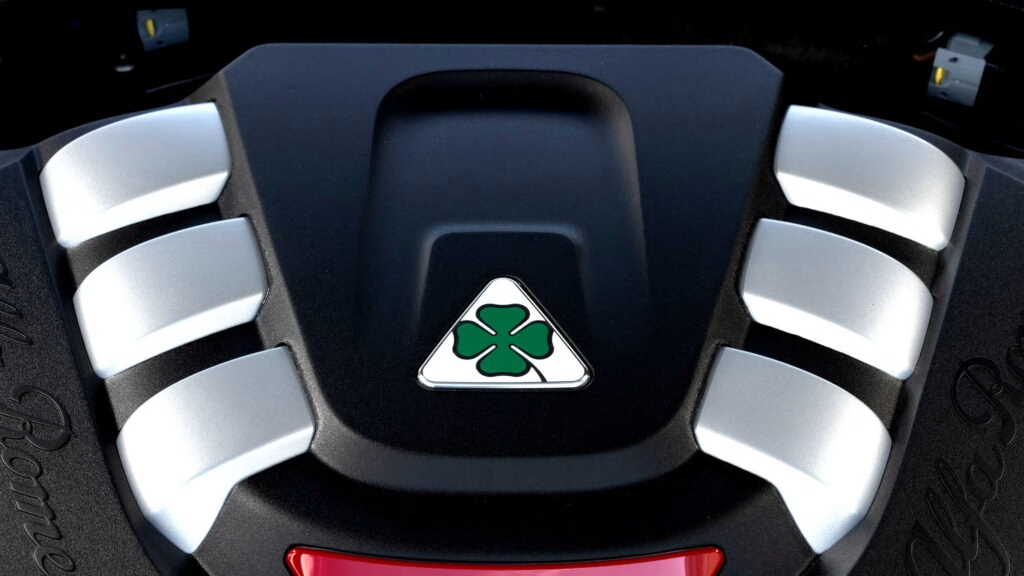Why Are Alfa Romeo and Maserati Teaming Up for a Limited-Edition Sports Car?
Car enthusiasts have always had a soft spot for Italian flair, and when two storied brands like Alfa Romeo and Maserati start whispering about a joint project, ears perk up. The buzz right now? Both automakers are reportedly working on a limited-edition sports car that could set a new benchmark for exclusivity and performance. This isn’t just another badge-engineering exercise. It’s a nod to heritage, a celebration of milestones, and—if rumors hold—a bold stand for the pure, analog driving experience in an increasingly digital world.
What’s the Big Deal About a Manual Transmission in a Modern Supercar?
Let’s be honest: the manual gearbox is an endangered species. Most high-performance cars have gone the way of dual-clutch automatics or slick paddle-shifters. So, when Maserati’s head of engineering, Davide Danesin, hints at a manual transmission for this new model, it’s a shot of adrenaline for purists. Danesin calls it an “opportunity”—a way to make this car feel unapologetically mechanical. He’s got a point. In a limited-run supercar, the joy of rowing your own gears isn’t just nostalgia; it’s about forging a real connection between driver and machine. For many, that’s the magic ingredient missing from today’s hyper-automated performance cars.
How Much Power Are We Talking About, and What’s Under the Hood?
The heart of this beast is expected to be an upgraded version of Maserati’s twin-turbo 3.0-liter Nettuno V6. If you’re familiar with the MC20 or the GranTurismo, you know this engine already packs a punch. But the new model is rumored to eclipse even the MCPura’s 621 horsepower and 531 lb-ft of torque. That’s serious muscle—numbers that put it in the same league as some of the world’s most coveted supercars. And with the possibility of a manual transmission, the driving experience could be as raw as it is refined.
Why Base the Car on the GranTurismo Platform?
Choosing the GranTurismo as the foundation isn’t just about convenience. That chassis is renowned for its balance of grand touring comfort and sports car agility. By building on this platform, Alfa Romeo and Maserati can deliver a car that’s both blisteringly fast and genuinely usable. It’s a clever move—one that leverages Maserati’s engineering strengths while giving Alfa Romeo room to inject its own brand of passion and style. Plus, the GranTurismo’s proportions and stance are a natural fit for a limited-edition flagship.
What’s the Story Behind the Timing and Heritage Tributes?
This isn’t just about horsepower and lap times. The timing is symbolic. Maserati’s variant could debut next year to mark the 100th anniversary of the Tipo 26—the brand’s very first car. Alfa Romeo’s version might follow a year later, paying homage to the centenary of the iconic 6C 1500. These aren’t random milestones; they’re deep cuts from each brand’s history. By tying the new models to these anniversaries, Alfa Romeo and Maserati are making a statement: the future is exciting, but the past still matters.
How Exclusive (and Expensive) Will These Cars Be?
If you’re hoping to see one of these in your neighbor’s driveway, don’t hold your breath. Everything points to a very limited production run, with pricing well above the already pricey MCPura. Exclusivity is the name of the game here—think collector’s item, not daily driver. For context, limited-run Italian supercars often appreciate in value, especially when they mark a significant anniversary or feature something as rare as a manual gearbox. Expect demand to outstrip supply, and for these cars to become instant classics.
Will This Car Really Skip Electrification Entirely?
In a world where even Ferrari and Lamborghini are embracing hybrid tech, the decision to stick with pure internal combustion is a bold one. Danesin’s comments suggest this car will be a last hurrah for the analog supercar—a swan song for petrolheads before electrification takes over. For many enthusiasts, that’s a huge part of the appeal. There’s something visceral about a high-revving V6, a clutch pedal, and no electric motors in sight. It’s a love letter to driving, plain and simple.
What Does This Mean for the Future of Italian Sports Cars?
If this project succeeds, it could spark a mini-renaissance for old-school performance cars. Other brands might take note and consider similar limited runs, especially as enthusiasts clamor for cars that prioritize engagement over lap times. It’s not about rejecting progress; it’s about preserving a piece of automotive soul before it’s gone for good. And with Alfa Romeo and Maserati leading the charge, there’s every reason to believe this formula still has plenty of life left.
The big takeaway? Chasing the ultimate Italian sports car experience isn’t about perfection—it’s about smarter adjustments. Start with one change this week—maybe it’s taking the long way home or learning to heel-and-toe—and you’ll likely spot the difference by month’s end.

